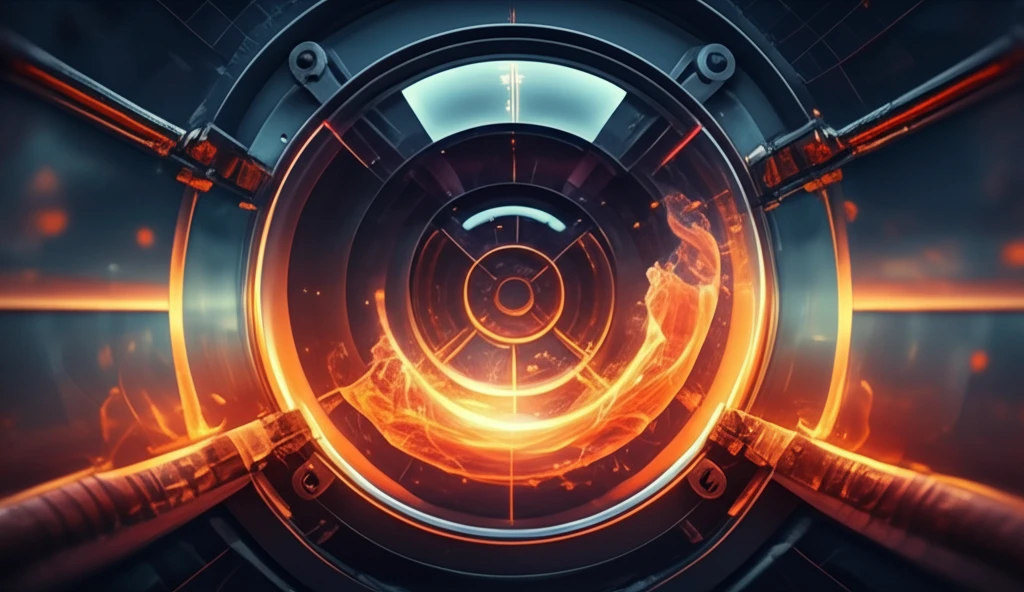
Unlocking Combustion Efficiency: How Swirl Technology Can Save Energy and Reduce Emissions
"Explore how optimizing airflow with swirl combustors enhances mixing and stabilizes flames, leading to cleaner and more efficient energy production."
In a world increasingly focused on sustainable energy solutions, the efficiency of combustion processes is more critical than ever. Combustion, the process of burning fuel to generate energy, powers everything from our vehicles to our power plants. However, traditional combustion methods often suffer from incomplete mixing of fuel and air, leading to wasted energy and harmful emissions. Swirl technology, which involves introducing a swirling motion to the airflow within a combustor, offers a promising solution to these challenges.
The swirling motion enhances the mixing of fuel and air, creating a more uniform and stable flame. This improved combustion process results in higher energy efficiency, reduced fuel consumption, and lower emissions of pollutants such as nitrogen oxides (NOx) and particulate matter. As industries and researchers continue to seek innovative ways to optimize combustion, swirl technology is emerging as a key player in the quest for cleaner and more sustainable energy production.
This article delves into the fascinating world of swirl technology, exploring its underlying principles, benefits, and applications in various combustion systems. Whether you're an engineer, a researcher, or simply someone interested in the future of energy, this exploration of swirl combustion will provide valuable insights into a technology that's poised to transform the way we generate and use energy.
The Science Behind Swirl: Enhancing Mixing and Flame Stability

At its core, swirl technology leverages the principles of fluid dynamics to optimize the combustion process. By introducing a swirling motion to the airflow entering the combustor, several key improvements are achieved. First, the swirling flow promotes intense turbulence, which dramatically enhances the mixing of fuel and air at the molecular level. This thorough mixing ensures that more of the fuel is completely combusted, maximizing energy release and minimizing the formation of unburned hydrocarbons and carbon monoxide.
- Improved Fuel-Air Mixing: Swirl induces intense turbulence for better molecular-level mixing.
- Flame Stabilization: Creates a low-pressure zone to maintain a stable flame in turbulent conditions.
- Increased Efficiency: More complete combustion maximizes energy release.
- Reduced Emissions: Minimizes unburned hydrocarbons and pollutant formation.
Looking Ahead: Swirl Technology for a Sustainable Future
As the world transitions toward cleaner and more sustainable energy sources, swirl technology is poised to play an increasingly important role. By optimizing the combustion process, swirl combustors can significantly reduce fuel consumption and emissions in a wide range of applications, from power generation to transportation. Ongoing research and development efforts are focused on further refining swirler designs, exploring new fuel injection strategies, and integrating advanced control systems to maximize the benefits of swirl combustion. As these advancements continue, swirl technology promises to be a key enabler of a cleaner, more efficient, and more sustainable energy future.
